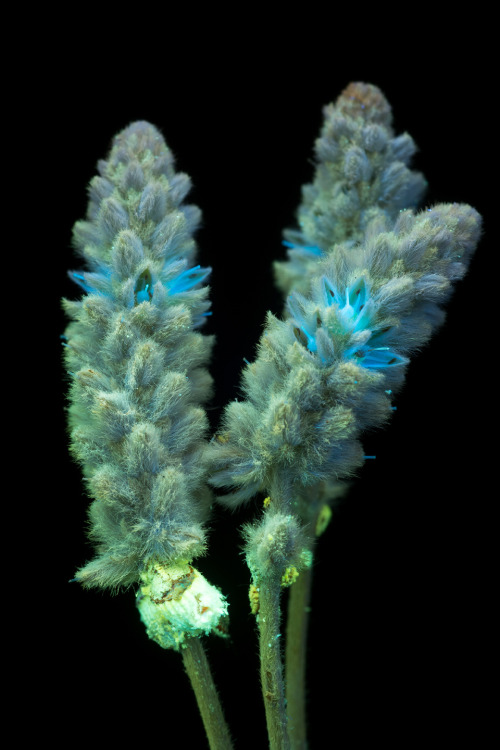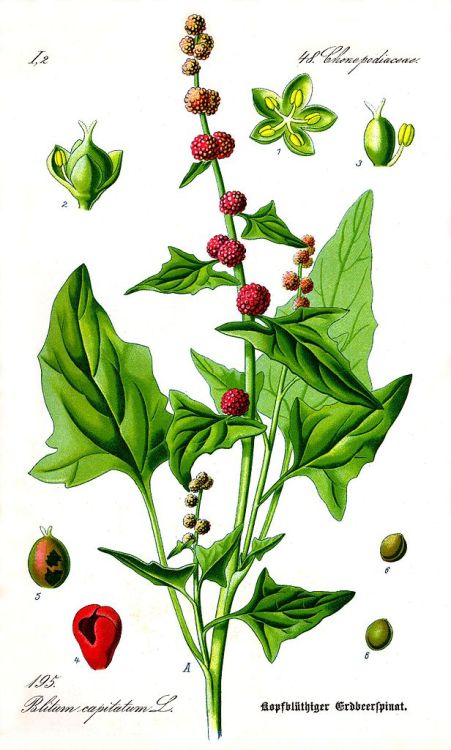#amaranthaceae
This is the last of my native flora photos from last year’s Hawaii assignment. Fittingly this is from the final shoot and perhaps strangely my favorite of all. This is Nototrichium sandwicense, an endemic species in the Amaranthfamily known in the indigenous language as Kului. The flowers’ white-light color is rather tame, but they remain attractive for the fluffy character and produce a pleasing cyan to green tone when exposed to my ultraviolet light. The leaves may be my absolute favorite thing about this plant though. Especially when grown in bright and dry conditions, the leaves become heavily pubescent, tiny hairs creating a translucent silvery sheen overlaying the green leaf surface. They prefer to grown in dry conditions and are naturally present on many of the islands, growing in various well-drained soils at low to moderate altitudes. If I could choose just one of the plants I photographed to grow at home in California, it would be this species!
For some bonus fun, check out the ant in the final picture. She and her associates were wandering all over the flowers, creating quite a lot of frustration for me. In the end there was one frame where one ant was both somewhat in focus and stationary enough to get a good look at how the body fluoresces under 365nm UV.
This is my last native Hawaiian flower to share. I’ll be taking a short break from posting UVIVF images, but I’ll return with some invasive species I photographed the first night there and probably some infrared images down the line as well!
Thanks to Hana Hou! magazine (in particular Matt Mallams!) for bringing me in on this assignment and both the Lyon Arboretum and Hui Ku Maoli Ola for all the help in providing subjects and sparing the time to talk about things. I hope I’ll have another opportunity in the future to come visit!
Post link
Achyranthes splendens (Ahinahina in Hawaiian) is an endangered Hawaiian endemic plant in the same family as amaranth. This species occurs only on the Hawaiian islands, growing at low to moderate altitudes typically along western and southern coasts in relatively dry habitats. While the inflorescence I had to photograph is missing flowers (they fall off pretty rapidly and easily) the flowers when blooming are light green and barely distinct from the rest of the inflorescence without quite close inspection. They are not as much appreciated for the flowers as they are for the beautiful tomentose foliage which presents a shifting metallic sheen overlaying the green leaf tissue. Sadly, like many Hawaiian plants, this easily-grown species is still threatened by habitat loss, and with its decreasing population may follow in the steps of its relative Achyranthes atollensis which was made extinct through civilian and military development in 1964.
Post link
Chenopodium capitatumillustration
Flora von Deutschland, Österreich und der Schweiz 1885, Gera, Germany
Post link













